Hidalgo del Parral
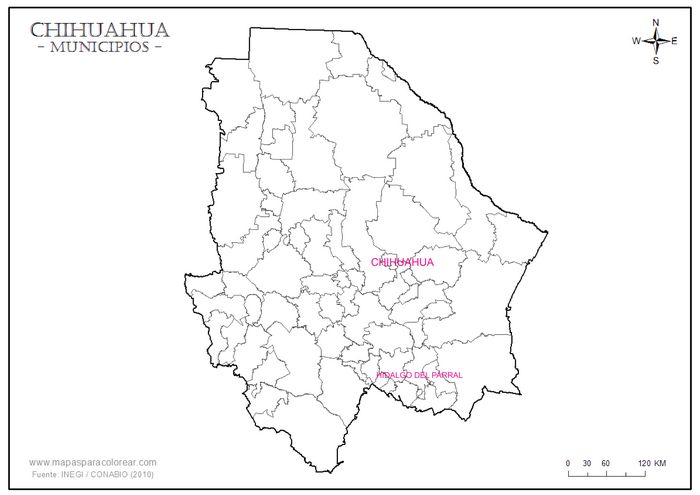
It is believed that the first revolutionary pieces were made in October 1913 by General Maclovio Herrera in Hidalgo del Parral, in the south of the state. These Parral issues are the only 1913-dated issues of the Mexican Revolution.
Two centavos
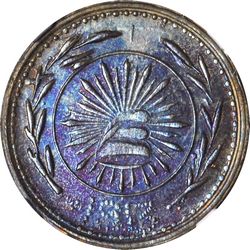
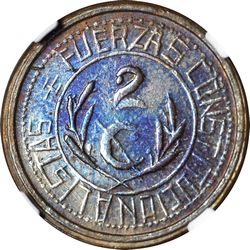
KM-607 Hidalgo del Parral 2c (Stack’s Bowers NYINC Auction, 15 January 2019, lot 43698)
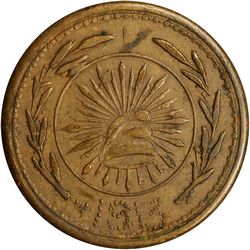
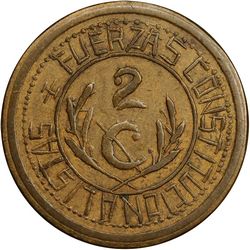
KM-607a Hidalgo del Parral 2c (Stack’s Bowers Baltimore Auction, 16 November 2012, lot 11428)
The two-centavos Liberty cap on a sunburst coin was produced out of copper mined from the electric wires of the trolley between Parral and Santa Barbara. The lettering for both it and the 50-centavos silver coin appears to have been cut with cold chisels, with multiple chisel impressions forming square letters.
The date for the two centavos was stippled in with a centre punch, resulting in connect-the-dots numerals. The coin has been reported in brass, and Guthrie{footnotes} suggested the brass was an early strike in the series due to the lack of die breaks.
Fifty centavos
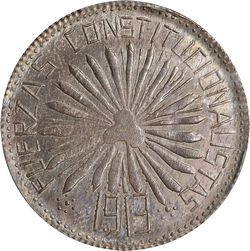
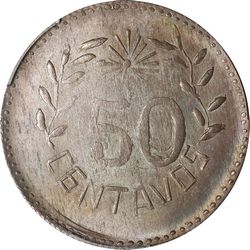
KM-608 Hidalgo del Parral 50c (Stack’s Bowers Auction, 12 September 2023, lot 73394)
The 50-centavos silver, like the two-centavos copper, was lettered by chisel. The Parral silver coins reportedly were struck using silver obtained from 122 silver bars collected in a train robbery.
The 50-centavos coin exists in two recognised varieties: plain edge and reeded edge. The plain-edge coin is typically thinner, with lighter strike, than the reeded edge. The plain edge was probably struck before the reeded edge. Plain-edge specimens are usually more brilliant than the typical frosted reeded-edge examples, suggesting an earlier die state.
Reeded-edge examples also show what appears to de a die/collar clash mark at approximately 7.00 on the denomination side. The plain edge is somewhat more scarce overall than the reeded edge and is more difficult to obtain in the top grades, suggesting more circulation.
One peso
Liberty Cap peso pattern
The “Fuerzas Constitucionalistas” Liberty Cap peso pattern is a crowded busy design. The Liberty Cap & Rays/Legend side is similar in design to the 50 centavos, and the denomination side is somewhat similar to the later issued “Bolita” peso. It appears that the design, with its similarity to the two centavos and 50 centavos, was abandoned due to technical (striking) problems.
Bolita
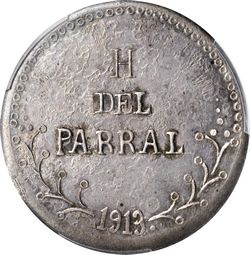
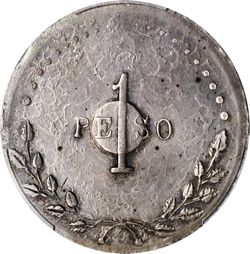
KM-610 Hidalgo del Parral “bolita” $1 (Stack’s Bowers Auction, 26 June 2020, lot 73231)
This design was replaced by a classic Mexican Revolutionary rarity, the popular “Bolita” peso. Formerly considered two types by Howland Wood (denomination superimposed on bolita and bolita superimposed on denomination), the Bolita is now recognised as one type with differences in strike or wear.
An unusual transitional coin exists between the Bolita peso and the regular Parral peso. This plain-edge coin is struck on a Bolita (heavy) planchet with what appears to be the unfinished version of the regular Parral peso denomination die, with heavy lettering and concentric rings (lathe marks?) visibl in the field. Hughes surmised that this was a trial strike of the new one-peso denomination die, struck before die polishing and tempering.
Regular issue
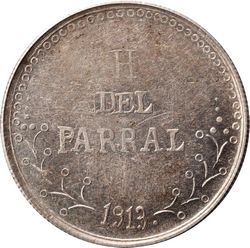
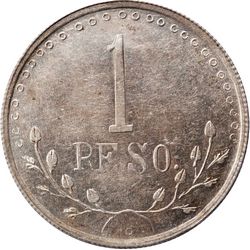
KM-611 Hidalgo del Parral $1 (Stack’s Bowers Auction, 22 October 2020, lot 72323)
The regular-issue Parral peso completes the series. The date-side die is common to both the Bolita and regular Parral peso, although per Guthrie1976 it was reworked prior to use with the regular Parral peso die. Even though the design is in low relief, the coin is in low relief, the coin is often flatly struck and often has planchet streaks and other flaws. The mass is typically less than the Bolita (27.30 grams Gaytan; 28.85 Hughes).
Counterfeits
The major pieces of this series have been reproduced as modern counterfeits.The 50 centavos and both the Bolita and regular Parral coin have been reported as excellent counterfeits.
50 centavos
One peso
The regular Parral one peso was struck from very well-prepared counterfeit dies. The most obvious indication of this counterfeit is the position of the dot after the denomination.
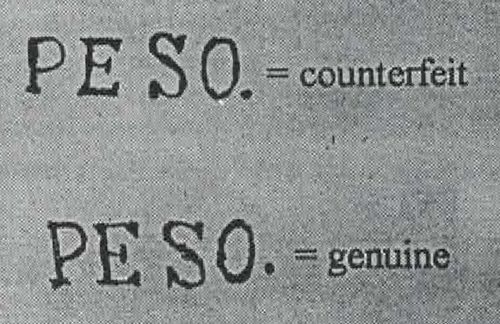
On a counterfeit specimen, the dot is level with the bottom of the letters in the word peso. Genuine specimens show the dot as slightly raised.
There are other, less obvious counterfeit indications, such as recut letters in PESO. This counterfeit has also been reported in the off-metal lead. Other die-struck counterfeits of the Bolita and regular Parral peso will only fool the innocent.
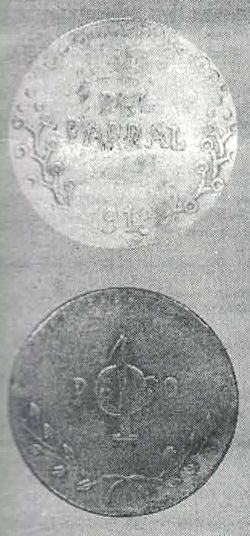
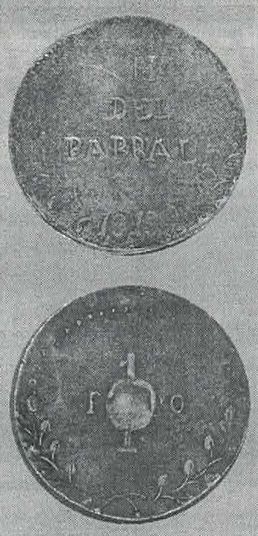
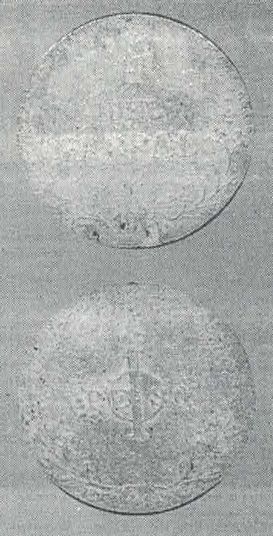
A selection of other Parral-struck counterfeits. Left top: regular Parral peso; left bottom, Bolita peso (both of these share the same date die); middle top, regular Parral peso; middle bottom, Bolita peso (both of these also share the same date die); right, both sides of a struck Bolita. All these counterfeits are larger than the 38mm coin.
For more on counterfeit Bolitas, see here.
